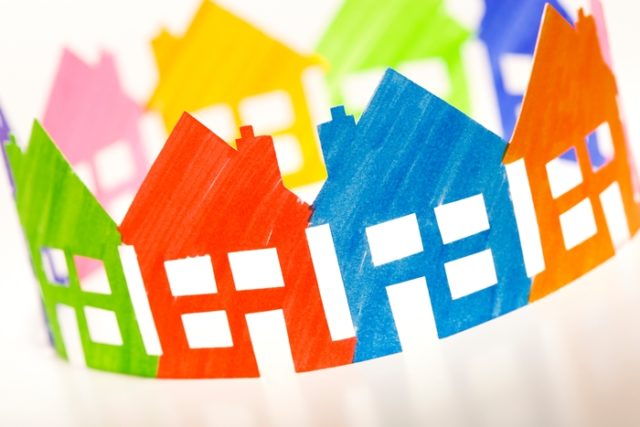
Happy National Safety Month! With three in 10 parents worrying about their children’s safety at school and one in six Americans naming terrorism as the most important U.S. problem, the personal-finance website WalletHub released its report on 2016’s Safest States in America.
“Safety” of course takes many forms, and in order to help families find the “safest” place to lay down roots, WalletHub’s analysts compared the 50 states and the District of Columbia across 25 key metrics. Our data set ranges from “number of assaults per capita” to “unemployment rate” to “estimated losses from climate disasters.”
| Top 10 Safest States in America | |||||
| 1 | Vermont | 6 | Connecticut | ||
| 2 | Massachusetts | 7 | Minnesota | ||
| 3 | New Hampshire | 8 | Virginia | ||
| 4 | Rhode Island | 9 | Utah | ||
| 5 | Maine | 10 | Iowa | ||
Comparing the Safest & Least Safe
- New Hampshire has the lowest number of murders and non-negligent manslaughters per 100,000 residents, 0.90, which is 18 times lower than in the District of Columbia, where it is highest, 15.94.
- Vermont has the lowest number of thefts per 100,000 residents, 1,535, which is four times lower than in the District of Columbia, where it is highest, 5,713.
- The District of Columbia has the highest number of law-enforcement employees per 100,000 residents, 766, which is four times higher than in Washington, where it is lowest, 207.
- Minnesota has the lowest pedestrian and pedacyclist fatality rate per 100,000 residents, 0.37, which is 10 times lower than in New Mexico, where it is highest, 3.8.
- The District of Columbia has the lowest percentage of high school students who were bullied online, 7.9 percent, which is three times lower than in Maine, where it is highest, 20.6 percent.
- Massachusetts has the lowest fatal occupational injury rate per 100,000 full-time workers, 1.7, which is eight times lower than in Wyoming, where it is highest, 13.1.
- North Dakota has the lowest unemployment rate, 2.7 percent, which is three times lower than in the District of Columbia, where it is highest, 6.9 percent.
Disclaimer
The information contained in South Florida Reporter is for general information purposes only.
The South Florida Reporter assumes no responsibility for errors or omissions in the contents of the Service.
In no event shall the South Florida Reporter be liable for any special, direct, indirect, consequential, or incidental damages or any damages whatsoever, whether in an action of contract, negligence or other tort, arising out of or in connection with the use of the Service or the contents of the Service. The Company reserves the right to make additions, deletions, or modifications to the contents of the Service at any time without prior notice.
The Company does not warrant that the Service is free of viruses or other harmful components











